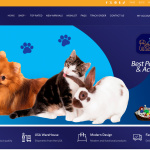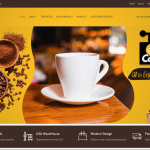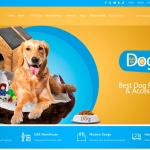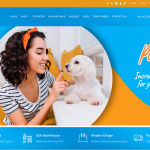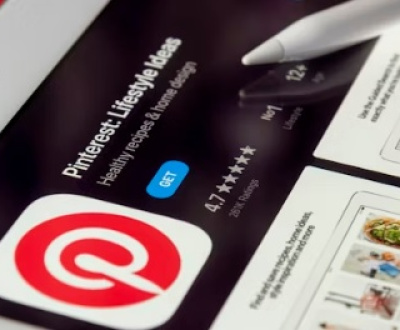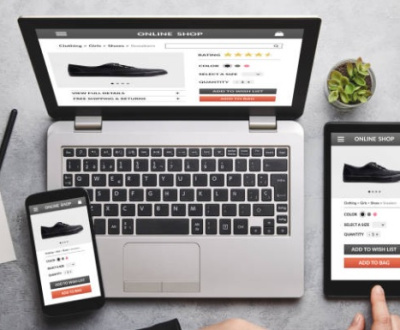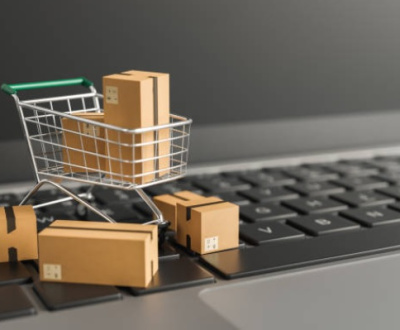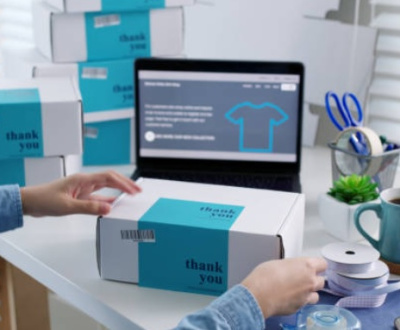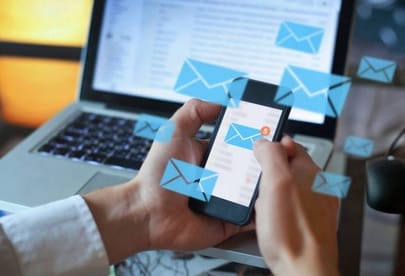
Email Automation for Ecommerce Marketing. The Ultimate Guide to Boosting Sales and Engagement. If you're running an ecommerce business, you’ve probably heard of email automation. But, let’s face it, setting it up can feel a bit overwhelming. The good news is, email automation for ecommerce marketing is one of the most powerful tools at your disposal. It can boost your sales, keep your customers engaged, and save you a ton of time! Today, I’m going to walk you through everything you need to know about email automation, from the different types of emails you can automate to the best practices for making sure they work for you.
Why Email Automation for Ecommerce is a Game Changer
Before we dive into the details, let’s talk about why email automation is so important. In a nutshell, automation helps you send timely, personalized emails to your customers based on their behavior. Whether it's a welcome email for a new subscriber, a gentle nudge about an abandoned cart, or a thank-you note after a purchase, email automation ensures that no customer falls through the cracks.
Not only does it save you time, but it also provides a more personalized experience for your customers. And who doesn’t like receiving emails that feel like they were sent just for them? When done right, email automation can increase sales, improve customer retention, and boost your brand’s overall reputation.
Types of Ecommerce Email Campaigns You Can Automate
Now, let’s break down the types of email campaigns you can automate to get the most bang for your buck.
1. Welcome Emails
When a customer subscribes to your email list, it’s your chance to make a great first impression. A welcome email is your opportunity to introduce your brand, set expectations for future emails, and even offer a discount or incentive for their first purchase. Trust me, it’s the kind of email you don’t want to skip!
2. Abandoned Cart Emails
We’ve all been there – you’re about to check out, but then something distracts you, and you leave your cart behind. Abandoned cart emails are a lifesaver here! These emails remind your customers of the items they left behind and often come with a little nudge, like a discount or free shipping, to get them to complete the purchase.
3. Post-Purchase Emails
A good post-purchase email does a lot more than just confirm an order. It’s a chance to show your customers that you care. Send a personalized thank-you email, provide tracking information, and even recommend products based on what they bought. This keeps the conversation going and opens the door to upselling or cross-selling opportunities.
4. Re-engagement Emails
Have some customers who haven’t interacted with your brand in a while? Re-engagement emails can help bring them back into the fold. Offering them a special discount or showcasing new products can reignite their interest and remind them why they signed up in the first place.
5. Seasonal and Promotional Campaigns
Seasonal promotions, sales events, and holiday offers are perfect candidates for email automation. You can create a series of emails that countdown to a sale, remind customers about the event, and offer exclusive early access to your most loyal customers.
6. Customer Loyalty and Retention Emails
Make your best customers feel special by rewarding them for their loyalty. A simple birthday email with a discount or an exclusive offer for repeat buyers can go a long way in building brand loyalty.
How to Set Up Your Email Automation
Setting up email automation might sound like a big task, but it doesn’t have to be! Here’s how you can get started:
1. Choose the Right Email Marketing Platform
There are plenty of email marketing platforms out there, and picking the right one is crucial. Some popular options include Mailchimp, Klaviyo, and ActiveCampaign. Choose a platform that integrates well with your ecommerce store and offers the automation features you need. Most platforms come with pre-built email templates and automation workflows, which can save you a ton of time.
2. Segment Your Audience
Segmentation is key to sending the right message to the right person at the right time. Based on customer behavior, purchase history, and even demographics, you can segment your email list into different groups. For example, you can send abandoned cart emails only to those who actually left something in their cart, or reward your VIP customers with exclusive offers.
3. Create Trigger-Based Campaigns
Triggers are actions that cause an automated email to be sent. This could be when someone makes a purchase, abandons their cart, or even when they haven’t opened an email in a while. Set up triggers for each email campaign to ensure timely, relevant communication.
Crafting the Perfect Email
When creating your automated emails, remember that design and content matter. Here are a few tips to keep in mind:
- Mobile Optimization: Most people check their emails on mobile devices, so make sure your emails look great on all screen sizes.
- Compelling Subject Lines: Your subject line is the first thing customers see, so make it count. Keep it short, sweet, and to the point. And don’t forget to add a sense of urgency for limited-time offers!
- Clear Call to Action: Every email should have a clear, actionable next step, whether it’s making a purchase, signing up for an offer, or reading more content on your site.
Testing and Optimizing Your Email Campaigns
Once your email automation is up and running, don’t just set it and forget it! Regular testing is crucial to ensure your emails are performing at their best. Try A/B testing subject lines, email copy, and CTAs to see what resonates with your audience. Pay attention to metrics like open rates, click-through rates, and conversions, and adjust your campaigns accordingly.
Legal Compliance
Email marketing comes with its own set of rules. Make sure your emails are compliant with regulations like GDPR (General Data Protection Regulation) if you’re selling to customers in the EU, and the CAN-SPAM Act in the U.S. Always provide an easy way for customers to opt out of your email list if they choose.
Final Thoughts: Start Automating Today!
Email automation can make your life so much easier while simultaneously boosting your sales and customer loyalty. With just a little effort upfront, you’ll be able to set up a system that works for you 24/7. Don’t wait – start automating your ecommerce emails today and watch your business grow!
How to Start a Dropshipping Business

